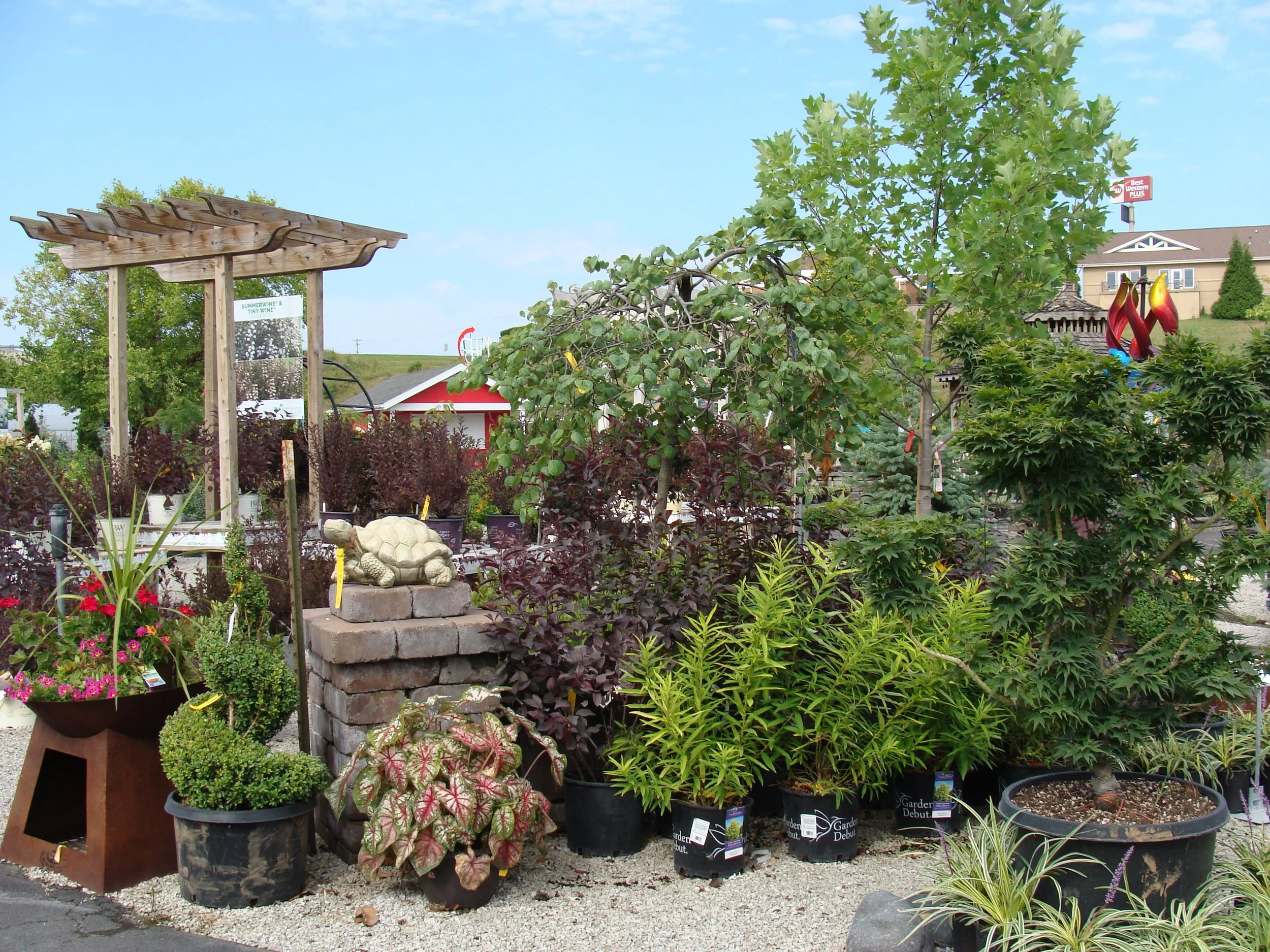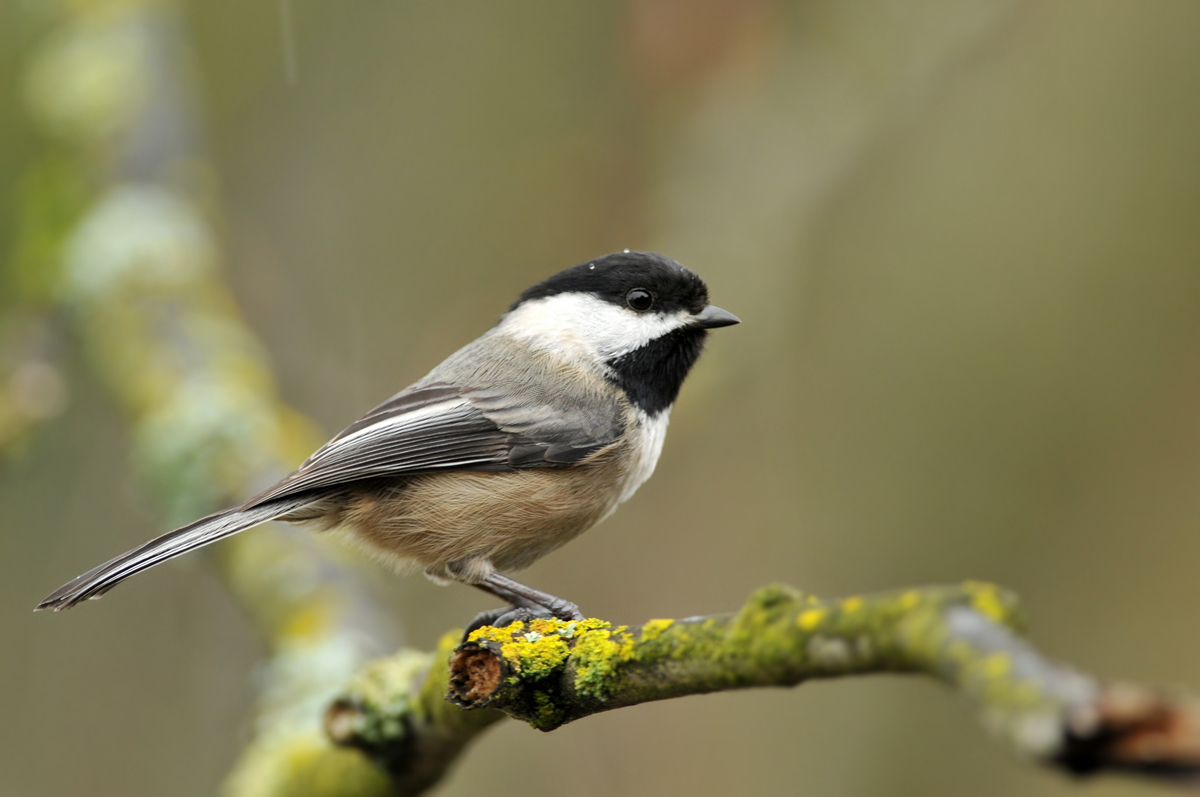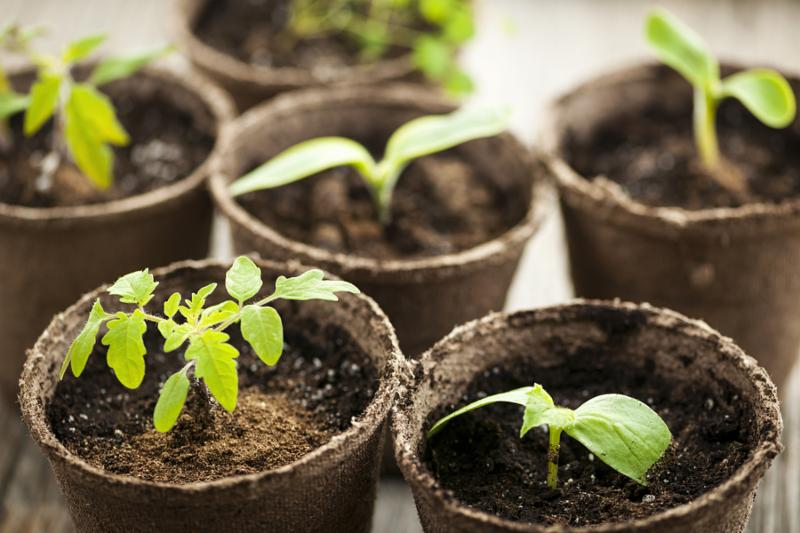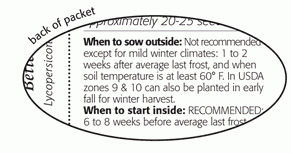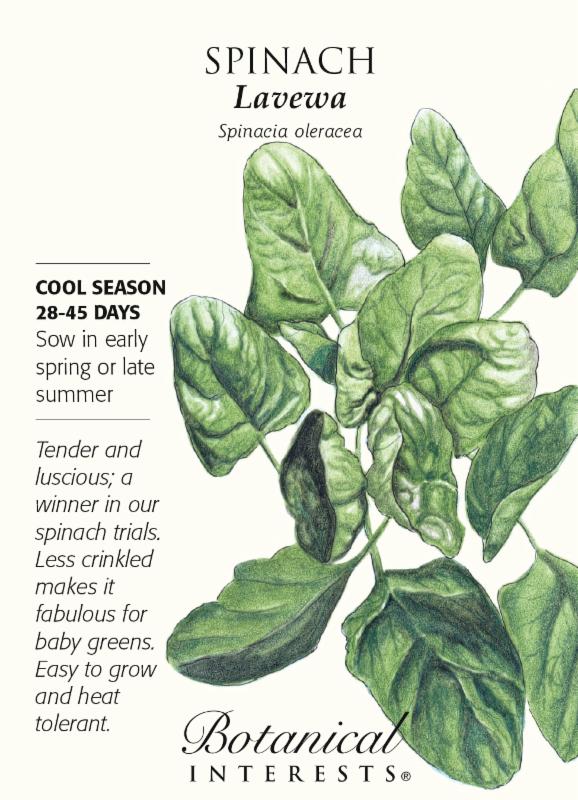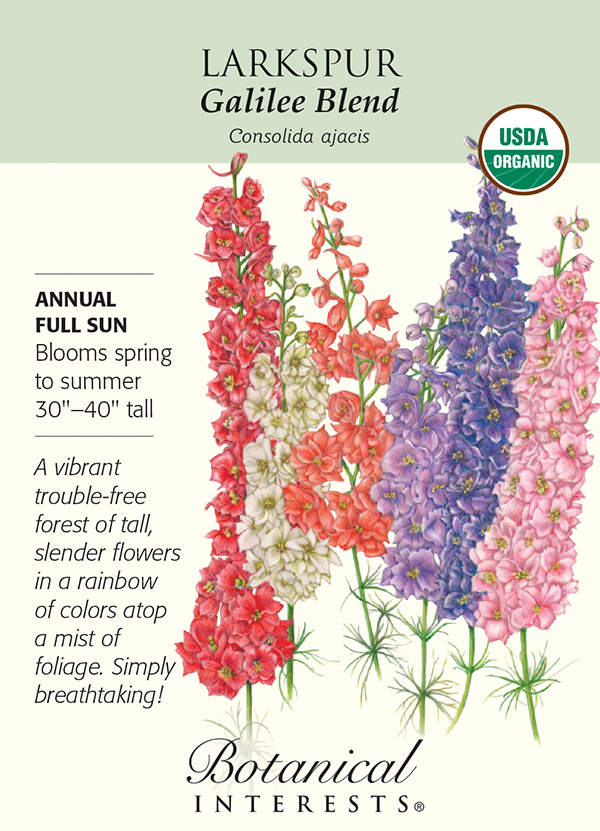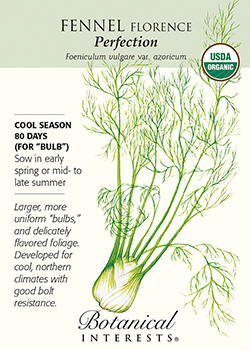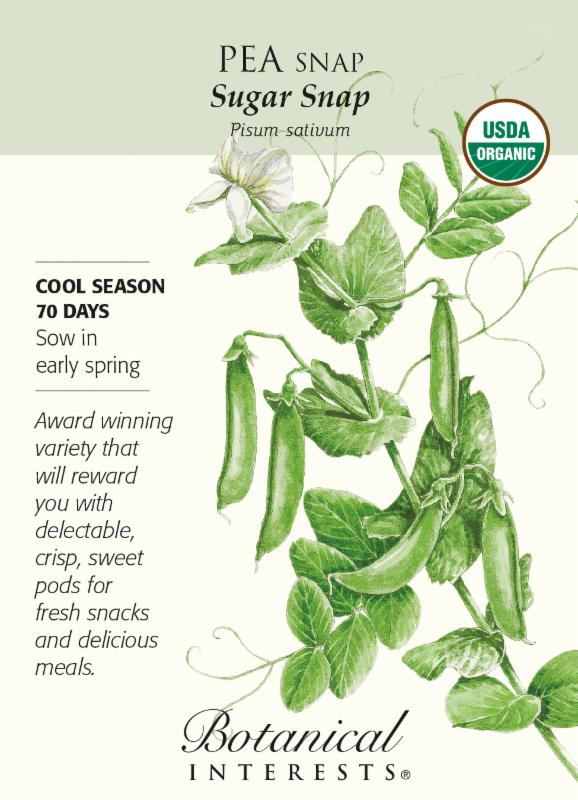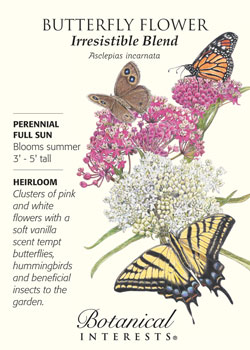Use your average last frost date (April 15 in our area) as a guideline to decide when to sow seed. This is identified as the first day in spring when there is less than a 50% chance a frost will occur. Most seed packets will tell you "Start indoors X weeks before first frost". This is also generally known as your USDA Growing Zone (we are zone 6). Seed packets will also list dates by zone. It's also helpful to know your average first fall frost date (October 15 in our area) so you can determine the number of days in your growing season as well as plan your summer and fall sowings.
How do I start my seeds indoors?
Containers: Almost any container can be used to start seeds including milk or egg cartons, yogurt cups, plastic trays, etc. We offer a Starter Kit that will help you get going and it is reusable. When reusing any container, it should be clean and sanitized, and have holes in the bottom that allow excess water to drain.
Labeling: Don't forget to label as you sow. Garden stakes, craft sticks, or writing directly on containers using paint markers all work well.
Medium: A high-quality seed-starting mix (medium), is loose and lightweight, yet holds moisture while being free from sticks and bark. Avoid potting soil mixes, which can be too heavy for tiny seeds, or soil from your garden that may introduce insects, weeds, or diseases. Thoroughly moisten medium before filling your container. I have had a lot of success with Peat Pellets.
Moisture: Covering your containers with a clear lid or clear plastic wrap helps retain moisture and increase humidity during germination. After your seedlings emerge, remove the cover. Misting using a spray bottle, or bottom watering (adding water to the drainage tray) are great ways to keep growing medium moist without disturbing seeds and young seedlings. Check moisture regularly to prevent seeds and seedlings from drying out or from sitting in standing water.
Light: For best growth, seedlings need at least 14 hours of light per day. Even your sunniest window may not supply enough light to grow strong plants. An efficient and inexpensive option that provides adequate light is a shop light with cool-white fluorescent bulbs or a mix of cool-white and warm-white bulbs placed 1" to 2" above the seedlings. To make it easier, use a timer that is set to turn on and off automatically.
Temperature: Optimal medium temperatures for seeds to germinate can vary. Seed packet sowing instructions indicate if the temperature is specific. Once the seeds germinate, room temperatures of 70°-75° F will help most seedlings grow best. Generally, frost-sensitive plants such as tomatoes, eggplants, and peppers appreciate warmer soil conditions and may benefit from the use of a seedling heat mat when sown indoors.
Circulation: Air circulation around seedlings can help prevent disease problems while strengthening seedlings. A fan on low setting will create adequate airflow. Avoid aiming the fan directly at the soil, as it can cause rapid drying.
Fertilizer: If your seed starting mix does not contain nutrients, add a diluted amount of slow-release, organic (if possible), balanced fertilizer to the medium or use a liquid formula once seedlings have true leaves. "Balanced" fertilizers have equal amounts of nitrogen, phosphorous, and potassium represented respectively as numbers with dashes between (e.g. 20-20-20). Check the label for instructions on diluting the fertilizer, and the recommended frequency and rate to mix for seedlings and transplants. We suggest always using organic fertilizers.
Hardening off: This is the 7 to 10 day process of acclimating plants started indoors to outdoor conditions. This process reduces transplant stress and the chance of sunburn, which both negatively impact overall performance and yield. Start by placing plants in a protected, shady area, progressing to more sun (for sun-loving varieties) over 7 to 10 days. Bring plants in at night if temperatures drop below 45°F. After 7 to 10 days, plants will be ready for transplanting. Before transplanting, consider fertilizing with seaweed or kelp to further reduce transplant stress. Transplant on a calm, cloudy day, in the evening, or use row covers to buffer wind, sun, and temperature swings. Most warm-season plants perform best when transplanted in soils over 45°F.

